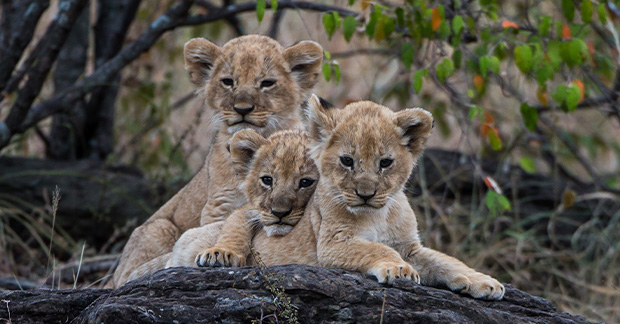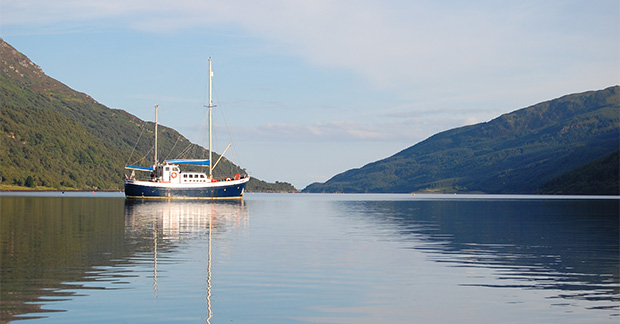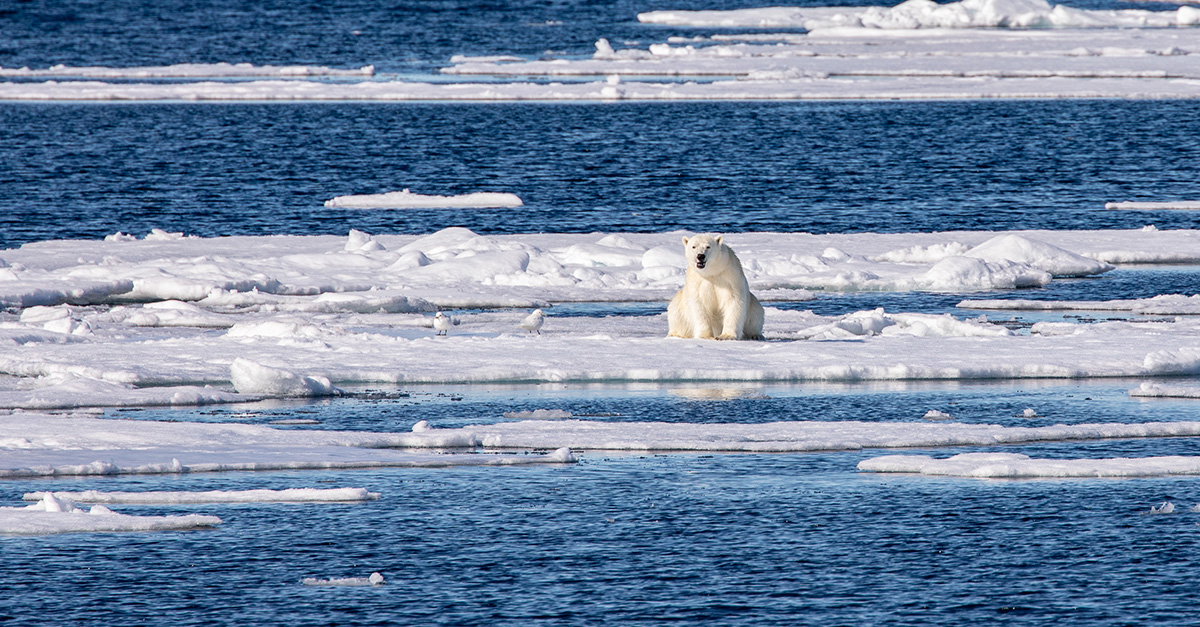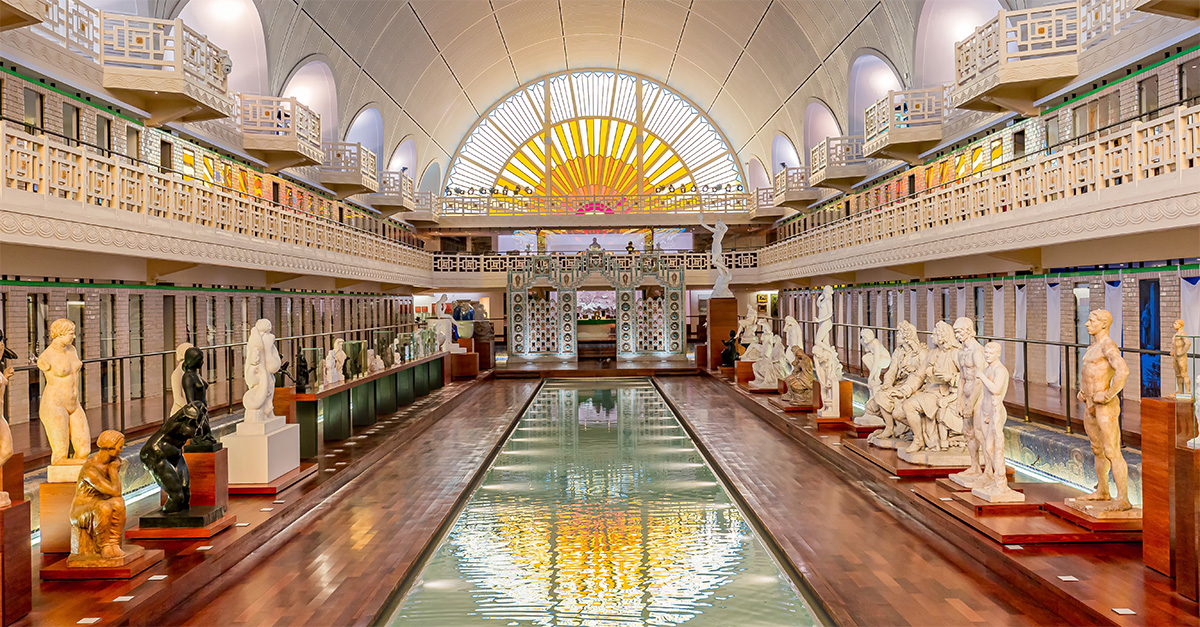You are viewing 2 of your 2 free articles
Wildlife and natural wonders: how to sell photography tours
Selling a photography tour should be an open and shutter case by highlighting these top tips, says Alice Barnes-Brown
Click here to download and save as a PDF
1. Get to know the animals
Wildlife photographer and tour guide Paul Goldstein has spent 35 years in the travel industry, gaining a reputation as an expert on the polar regions, Africa and Asia. He currently leads two tours for Exodus Adventure Travels – in Kenya and in the Pantanal region of Brazil.

Paul Goldstein, expert leader, Exodus Adventure Travels
“I enjoy teaching new photographic clients more than anyone – their learning curve will be the steepest. Advise clients to hire the camera and lens first, to see if they like it, and to practise in the UK. That will allow them to approach the departure at a canter, rather than a stumble. Gear isn’t provided, so remind them to bring it with them – plus some decent binoculars.
When taking photos, research is everything. You have to be in the right area, in the right vehicle at the right time, with the right guide and without overcrowding.
It shouldn’t be about trying to take a photo at any cost. The subjects are still wild animals, but I try to be one step ahead of them. Early starts, long drives and patience are a must. I have been working in Kenya, India and the polar regions longer than most, so I know many of the staff and guides. I’m on first-name terms with some of the animals in Kenya, particularly the cats.
Having no fear of failure is important – after all, what’s the worst that can go wrong? You do have to be critical of your own work, but make sure you enjoy it too.
We like to have a few laughs. And it is only a photograph. If clients take a week’s safari and reckon they could put seven images out of the thousands they have taken on their wall, or 12 in a calendar, we have done our job – and you have done yours.”

2. Make the most of 'golden hours'
Emma Healey is responsible for creating and selling Wildlife Worldwide trips, and developing supplier relationships. As an experienced wildlife photographer and guide, she has led workshops on camera settings, getting the best shots and post-production.

Emma Healey, photography tour leader and wildlife travel consultant, Wildlife Worldwide
“We cater to everyone, from beginners to advanced photographers. Clients will need a camera that provides some degree of zoom, but it doesn’t matter whether it’s an SLR or a bridge camera. Our leaders are familiar with different makes and models, and will be able to help clients get the most out of their time.
Wildlife is most active first thing in the morning and last thing in the afternoon, which is also when the light is best. It can make for long days, but there is often time to rest up in the middle of the day to relax or to review your images with a leader.
A key difference between a photographic trip and our regular wildlife holidays is that we spend more time at sightings to achieve the best images and make the most of the golden hours. Our tour leaders are expert photographers – many of them award-winning.
If the sound of immersing yourself in wildlife and photography with like-minded people sounds tempting, then it’s worth giving this kind of holiday a try. We offer more than 80 wildlife tours and workshops, so the destination choice is vast, from African safaris to adventurous trips in Latin America and Asia. Group sizes are kept small, with an average of just six clients, to ensure an intimate experience and time with the leader. We also offer two-day UK workshops.”

3. Go small-group
Abbie Redman has worked as an advisor for Responsible Travel for nine years, helping agents find the perfect trips for their clients by matching them up with specific holidays or working with one of Responsible Travel’s partners to bring an itinerary together.

Abbie Redman, travel team specialist, Responsible Travel
“There’s certainly an appetite for photography holidays, as well as for other ‘hobby’ holidays that allow people to enjoy their creative pursuits in new ways and alongside those who share their interests. There’s such a rich variety now. You’ve got dedicated, intensive experiences, such as tracking and photographing rare wildlife, as well as more-flexible experiences that suit a broad range of customers. Our Photography Cruise in Scotland is a cruise without the crowds.
There’s a dedicated chef, a knowledgeable skipper and a professional photography tutor – and a maximum of 10 guests. The spectacular landscapes and wildlife-spotting opportunities are a selling point in themselves.
Plus, as it’s a small ship, it can anchor in the quiet places that bigger ships can’t reach. The one-to-one tuition is a draw – both for experienced photographers and those who just want to capture some stunning holiday pictures.
The cruise also caters to different interests at the same time: for instance, one half of a couple could kayak, paddleboard, swim from the boat or explore remote islands by foot, while their companion is absorbed in their hobby. As an intimate experience, a small-group tour affords a greater degree of flexibility. So if there’s something clients would really like to do – a local whisky tasting or a sea eagle tour, for example – they can request it before departing.”
PICTURES: Paul Goldstein/SWNS; Dani Free; alexisimages.com
Read more
Why guided tours are great for mature travellers
Why community-led tours could be a force for change in Peru
Tips for selling to solo travellers










